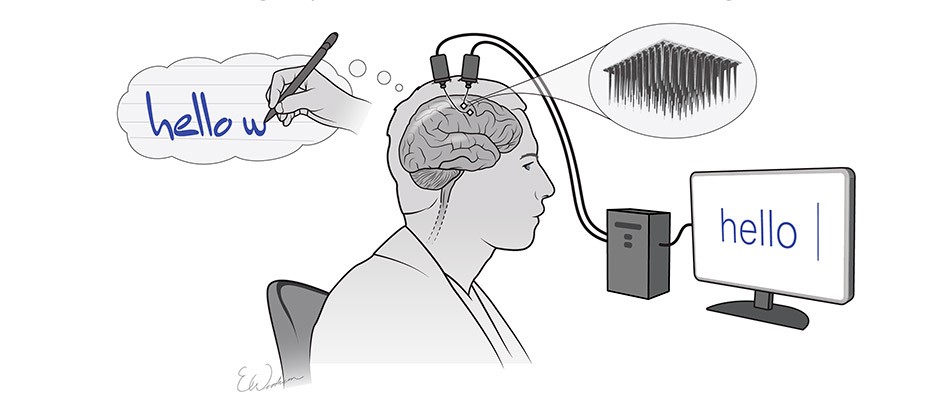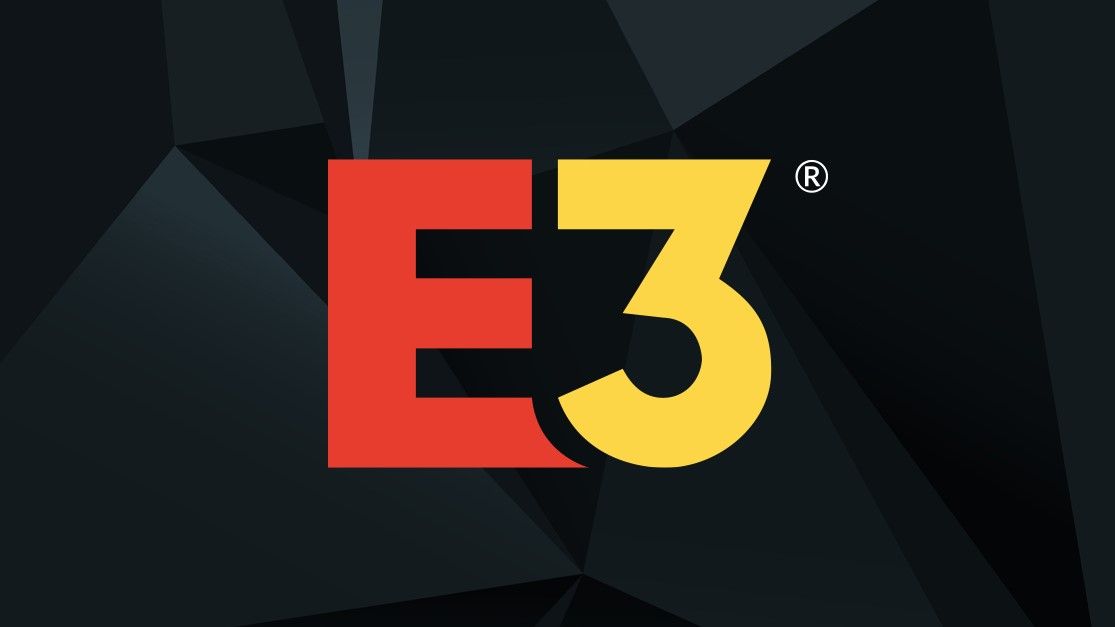A revolutionary cerebral interface has allowed a paralyzed man to “type” at 90 characters per minute, with new research suggesting an incredible jump to come in communication for those using a “text brain” system. Rather than trying to make a virtual keyboard that can be used by reading the neural brain activity, the team responsible for the breakthrough focused on the follow-up of the imaginary writing.
Existing systems that follow brain activity and card only on a computer have usually counted on thoughts associated with arm movements. By following these, even if the arm itself can not move, they can be mapped to highlight the keys on a virtual keyboard or other type of interface.
While it works, it is limited speed. Current systems allow about 40 characters per minute via the brain (BCI) computer interface, according to Krishna Shenoy, a Howard Hughes Medical Institute investigator at Stanford University who, with Stanford Neurosurgeon Jaimie Henderson, had a new study. Instead of arm movements, they looked at cerebral activity when people imagine handwriting.
According to the HHMI research specialist and the Neuroscientist Frank Willett, who worked on the project, imagining letters that would be manuscript results in very distinctive activity models. An algorithm formed to recognize these can then be much faster than the existing BCI system.
The subject of the study was a 65-year-old man who, after an injury to the spinal cord, had been left paralyzed neck. He had two sensors implanted in the part of the brain that typically controls the hand and the arm. Binding a computer when imagined writing letters as if it were with a paper pen, the algorithms could convert these pulses into digital text.
“With this system, the man could copy sentences and answer questions at a rate similar to that of someone of his age by typing on a smartphone”, say the researchers. In fact, he was able to produce text at 90 characters per minute, almost twice the existing BCI systems rate.
The goal is to include mental writing as an input option, other than replacing existing navigation and click on the navigation. The team responsible for New BCI has also worked on the decoding of speech and considers a unified system that supports a number of different seizure arrangements that collectively keeps the benefits of the speed and accuracy of each.
Then the group plans to work with another participant who is unable to speak, because the capacity of the developing system are completed. Although it is too early for a BCI production version, the goal is to allow optionally to allow paralucled users the ability to communicate in real time rather than forcing them to choose more consumption interfaces of consumption. time.



![How to solve [pii_email_5dd89c8e90d27f1ae0d3] error?](https://businessmug.co.uk/wp-content/uploads/2021/09/app-tips-microsoft-outlook-00-hero-26.png)

![How to solve [pii_email_12d877e418db81a3db1c] error?](https://businessmug.co.uk/wp-content/uploads/2021/09/pii_pn_fb500b22e25c960edb2a-2.jpg)